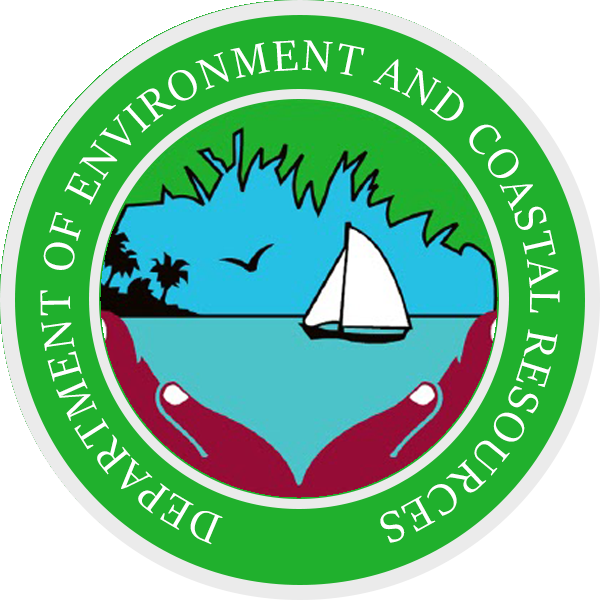To assist in DEMA’s strategic goals and objectives, the DEMA conducts regular monitoring activities through various methods to assess the overall environmental quality and its impacts.
These actions include:
Beach profile monitoring
The Turks and Caicos Islands has been frequently awarded for having one of the world’s top-rated beaches. DEMA officers and volunteers conduct regular beach profile monitoring - the aim is to measure and record the width and elevations of the TCI beaches in an overall analysis into beach erosion and sediment deposition. Through long term monitoring this can identify trends, coastal protection weaknesses and enable the management of a high environmental quality for our residents and visitors.
Dive Statistics
With SCUBA diving on our coral reefs being one of the top attractions for the TCI - we strive to monitor the pressures from visitors to this marvel, to enable future management of the habitats sustainability. Dive operators compile their individual data onto pre-designed forms. This records SCUBA diving activities within the TCI, through documenting the number of divers visiting each dive site (and National Park) over time. This in part enables the monitoring of human pressures on our National Parks and coral reefs.
Conch Visual Survey
Turks and Caicos Islanders pride ourselves on our seafood delicacy, Conch. As well as being one of our traditional food staples, Conch shells are one of the TCI’s most popular tourist souvenirs. To make informed management decisions, DEMA is undertaking a stock assessment of the TCI conch populations. Random points have been identified within known conch habitat. Environmental Officers are conducting transects along these sites and collecting samples for morphological matrices. The stock assessment takes into account depth, habitat type, population densities, maturity and sex. Following data collection, the information will be assessed by fisheries experts to be discussed for future management.
Morphological Matrices
Conducted primarily at the commercial fisheries landing docks; Environmental Officers collect data on multiple dimensions and parameters on landed conch and lobster – calculated estimations can be made on accessible fisheries stocks. Parameters mentioned earlier include: location of fishing activity; the individual boat’s landing (lbs conch / lobster); number of fishermen per boat; size, mass, sex, and sexual maturity. Researchers also take note of any soft shelled lobsters, berried or ‘egg bearing’ lobsters, or those females which may appear to have been sexually active.
